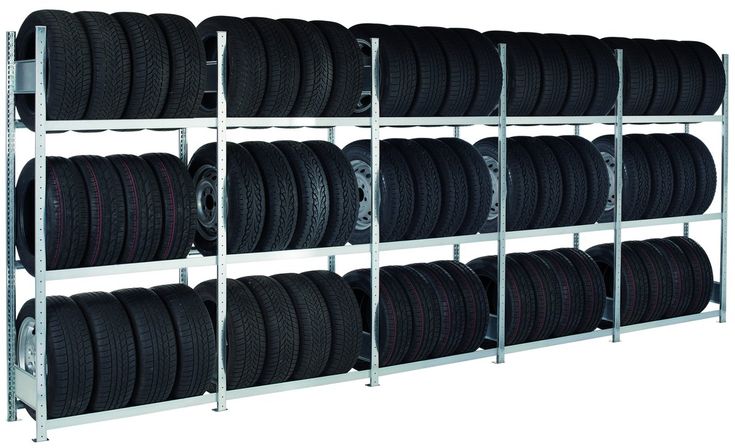Newer build Teslas make use of Bluetooth Low Energy (BLE) technology for TPMS and Hamaton's new sensors are the first aftermarket sensors that make this technology available to the end user. Read our blog post to learn more.
Read More
We teamed up with our friends at ESCO to offer you an EXCLUSIVE gift with purchase! Buy $100 or more of ESCO products and you will receive an ESCO 80103 GeckoGrip Medium Flexible Silicone Tray for FREE with your order! The FREE GeckoGrip Silicone Tray is available while supplies last. Read our blog post to learn more.
Read More
Thanks to our friends at Chicago Pneumatic, we are happy to offer this Tire Supply Network and Chicago Pneumatic branded T-Shirt FREE to our customers with any purchase of $300 or more. Read our blog post to learn more.
Read More
Tire Supply Network is now the exclusive home of the Gaither BB12L Trigger-Style 12-Liter Bead Bazooka! The BB12L is the original 1st-generation model Bead Bazooka with a 12-liter tank, which is the largest tank available in ANY of the Bead Bazooka models. The 12-liter model offers more volume for use on difficult commercial truck, agricultural, and OTR tires.
You will only find the Gaither BB12L Bead Bazooka 12-Liter here at TireSupplyNetwork.com!
Shop Now
Bruno Wessel TSIT-9 Stud Gun Insertion Tool for 9mm Base Flange Tire Studs
Kevin Tarbell
12/02/2022
Bruno Wessel TSIT-9 Stud Gun Insertion Tool for 9mm Base Flange Tire Studs
Good quality
I used to buy the Haltec brand, but my drivers complained that they were cheap and would crack. I found these for them and right away it was obvious that they are a better product. My guys love them. Thanks for shipping so quickly!
I found these for them and right away it was obvious that they are a better product. My guys love them. Thanks for shipping so quickly!
Nicole Powers
11/28/2022
Alligator V2B Double Seal Valve Cap
A great find
You've got all the best tire related EQ needed & all at the right price & shipped fast as well as great communication!
Jack Omartin
11/21/2022
Alcoa Stabilizer 22.5″ Wheel (H-2225)
Markal B PaintStik - White
Matt Bowen
11/15/2022
Markal B PaintStik - White
aaaaaaaa plus
tim secoda
11/14/2022
Ken Tool 32″ Fiberglass Handle Duck-Billed Bead Breaking Wedge (TG11E) (35429)
Valve stems
Nice
Gary
11/14/2022
High Pressure Chrome Valve Stem (130 psi)
Exactly What We Ordered
Jeffry Taylor
11/07/2022
TPMS Snap-In Valve (Continental Sensors) (17-50397) (10 Piece)
works great!
Earl VanRanken
11/07/2022
Carbide Cutter for Tire Repair - Choose Size
I like the handle exhaust. Impact wrench works great!
Impact wrench works great!
My old gun blew the exhaust out of the front of the gun which stirred up a lot of brake dust in the air. This 231HA-2 blows exhaust through the lower handle away from the wheel. Super-fast shipping! Thanks!
Jonathan Presley
11/07/2022
Ingersoll Rand IR 231HA-2 Impact Wrench 1/2″ Drive with 2″ Extended Anvil
Mints Auto Repairs
Very prompt , everything was correct , satisfied . Thank you .
Jay Mints
11/07/2022
Heavy Duty Tire Mounting Compound Lubricant - Choose 8 lb or 40 lb Bucket
Tacoma replacement
Very fast shipper! This was a replacement for a 2015 Tacoma. Works great!
Garry
11/06/2022
Xtra Seal 17-43042 Multi-Frequency Clamp-In TPMS Smart Sensor
Nice stand
This works fine for car tires. Its at its limit for 17" LT tires I feel. Still balanced if you dont get carried away on the tilt.
KS Digger
11/06/2022
ESCO 90451 Manual Tire Spreader With Tilting Pedal
Great deal, 👍
William Halpern
11/04/2022
Xtra Seal 17-43800 Smart Sensor Elite Bundle with 17-140 Elite Tool & 16 TPMS 17-43041 Sensors
Austin was awesome to deal with.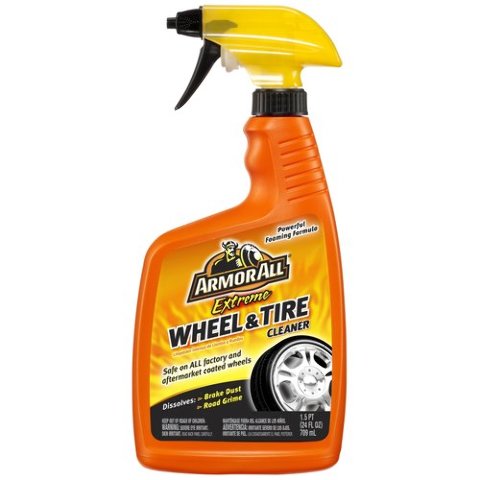 Every other vendor told me the product I wanted was out of stock. He also told me it was out of stock. But he put in a little effort, called the supplier ( they didn't have stock ) and was able to get the scanner I wanted built and direct shipped to me, from the supplier. Great service
Every other vendor told me the product I wanted was out of stock. He also told me it was out of stock. But he put in a little effort, called the supplier ( they didn't have stock ) and was able to get the scanner I wanted built and direct shipped to me, from the supplier. Great service
Darrin Robitaille
11/01/2022
PRE-ORDER: ATEQ Quickset X Summer/Winter Tire TPMS Sensor Activation and ECU Reset Tool with OBD cable
Work every time
Scott Dudley
10/28/2022
Xtra Seal 17-43042 Multi-Frequency Clamp-In TPMS Smart Sensor
Most orders placed on weekdays before 1pm PST ship the same day!
Learn More
Check out our announcements, videos, product news, and more!
Learn More
Follow us on Facebook, Instagram, Twitter, and YouTube!
Learn More
International Wheel & Tire (IWT) is a worldwide leader in the integration of wheel and tire assembly and test systems.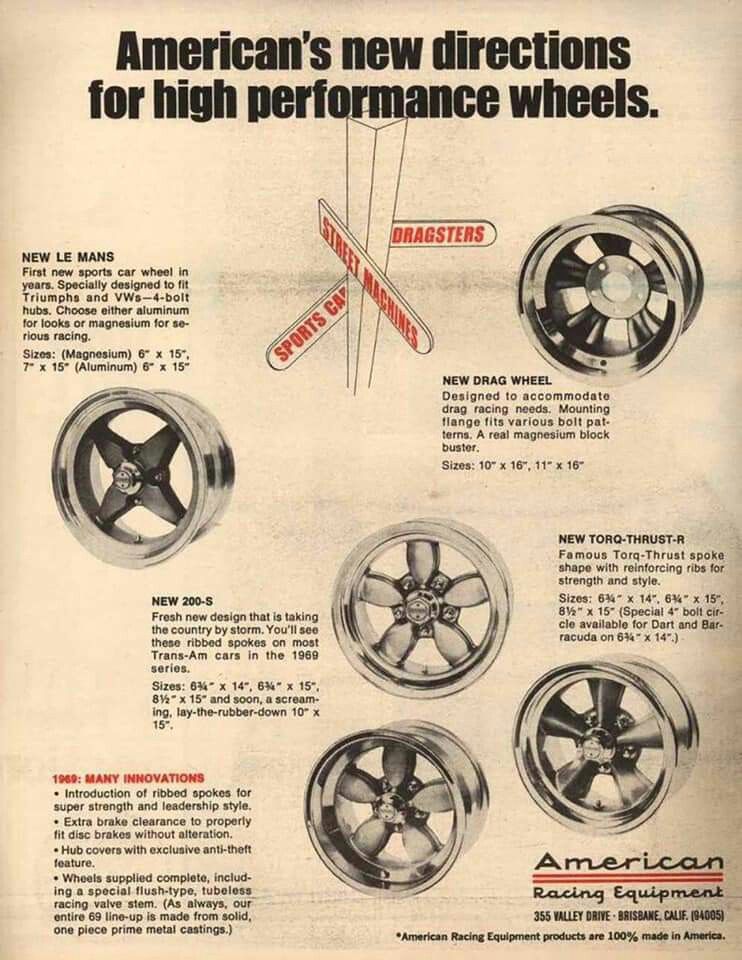 Headquartered in Michigan – the state that put the world on wheels – we are a premiere supplier for our clients in the auto industry, specializing in system solutions for OEMs and Tier 1 suppliers.
Headquartered in Michigan – the state that put the world on wheels – we are a premiere supplier for our clients in the auto industry, specializing in system solutions for OEMs and Tier 1 suppliers.
IWT is an innovation company – engineers, designers and technicians who apply considerable curiosity to re-imagining solutions for wheel and tire manufacturing. We tinker, we prototype, we test and revise. All to transform things, to drive toward solutions and fresh approaches that bring more value to our customers. It’s in our DNA. It’s IWT.
IWT understands the array of problems facing our clients across the world. So we assembled a team of experts – with a wide range of backgrounds and technical experience – to provide single-source partnerships that can provide end-to-end solutions. No more juggling multiple suppliers, IWT is the first and last call you need to make for your wheel and tire manufacturing needs.
Complete
| line of wheel and tire assembly solutions designed by our passionate team of experts.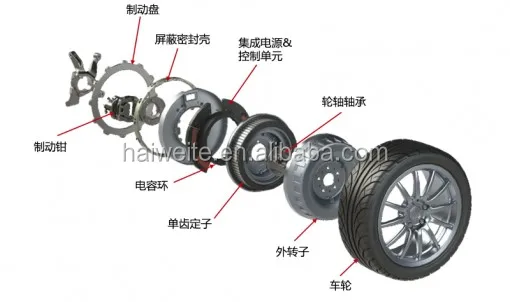
We never tire of having our clients do the talking for us. These are some of the industry leaders we partner with around the world.
IWT is a leading tire and wheel assembly, system integrator and solutions provider offering dynamic assembly and equipment to OEMs and Tier One suppliers in the automotive industry.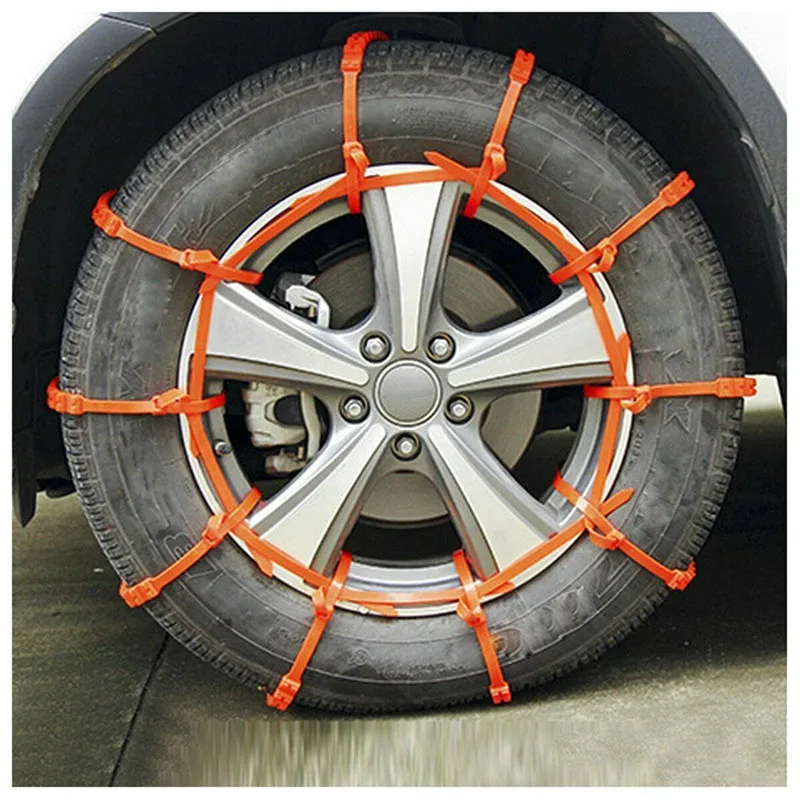 IWT is also an automotive testing and engineering company providing insights and support for uniformity, mounting and inflation and other turnkey and custom support.
IWT is also an automotive testing and engineering company providing insights and support for uniformity, mounting and inflation and other turnkey and custom support.
With decades of experience in tire and wheel processing and testing, our innovators aim high and look forward to every new challenge that comes our way. Let us worry about your tooling and equipment, so you can focus on production.
Learn More
Series 41 PUR industrial swivel casters with reinforced sheet steel bracket.
Series 41 industrial swivel casters PUR
Industrial fixed castors 42 series PUR
| 41 PUR/080/32/5 B | 80 | 32 | 9 | 100 | 200 | ||
| 41 PUR/100/40/5 | 100 | 40 | 11 | 125 | 350 | ||
| 41 PUR/100/40/5 B | 100 | 40 | 11 | 125 | 350 | ||
| 41 PUR/125/50/5 | 125 | 50 | 11 | 164 | 350 | ||
| 41 PUR/150/50/5 | 150 | 50 | 11 | 194 | 350 | ||
| 41 PUR/200/50/5 | 200 | 50 | 11 | 239 | 400 |
| 42 PUR/080/32/5 B | 80 | 32 | 9 | 100 | 200 | ||
| 42 PUR/100/40/5 | 100 | 40 | 11 | 126 | 350 | ||
| 42 PUR/100/40/5 B | 100 | 40 | 11 | 125 | 350 | ||
| 42 PUR/125/50/5 | 125 | 50 | 11 | 164 | 350 | ||
| 42 PUR/150/50/5 | 150 | 50 | 11 | 194 | 350 | ||
| 42 PUR/200/50/5 | 200 | 50 | 11 | 239 | 400 |
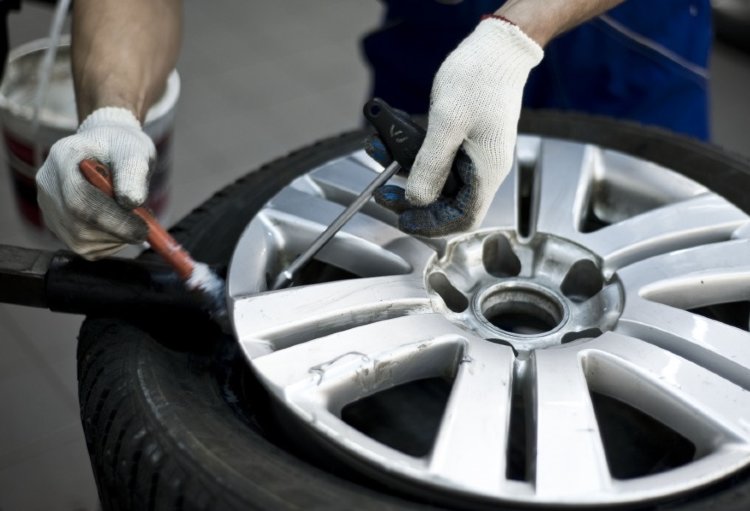 This control complex is usually called the main control room - the main control panel for controlling the production facility.
This control complex is usually called the main control room - the main control panel for controlling the production facility. Surely you were wondering how it all works in terms of hardware and software, and what data transfer protocols are used there. In this article, we will look at how various data gets to the main control room, how commands are given to the equipment, and what is generally needed to control a compressor station, a propane production unit, a car assembly line, or even a sewage pumping unit.
This set of words, which is not clear to the uninitiated, is used when it is necessary to describe the means of communication between control devices and subordinate equipment, for example, I / O modules or measuring devices.
By controller we mean PLC, i.e. programmable logic controllers (eng. PLC), or PKA, i.e. programmable automation controllers (eng.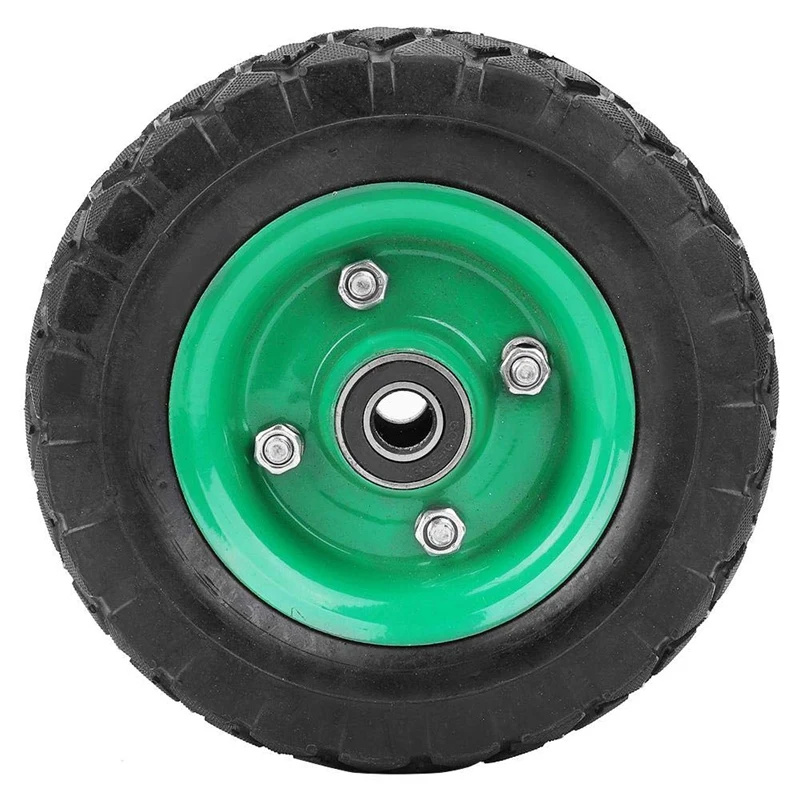 PAC). There are some differences between the PLC and PCA, however, they are not significant within the framework of this article, therefore, for simplicity, we will use the general term "controller".
PAC). There are some differences between the PLC and PCA, however, they are not significant within the framework of this article, therefore, for simplicity, we will use the general term "controller".
In the Russian-speaking community of asush people, the communication channel between the controller and other devices is usually called the "field bus", because it is responsible for transmitting data that comes from the "field".
“Field” is a deep professional term that refers to the fact that some equipment (such as sensors or actuators) with which the controller interacts is somewhere far, far away, on the street, in the fields, under the cover of night. And it does not matter that the sensor can be located half a meter from the controller and measure, say, the temperature in the automation cabinet, it is still considered to be “in the field”. Most often, the signals from the sensors that come to the I / O modules still overcome distances from tens to hundreds of meters (and sometimes more), collecting information from remote sites or equipment.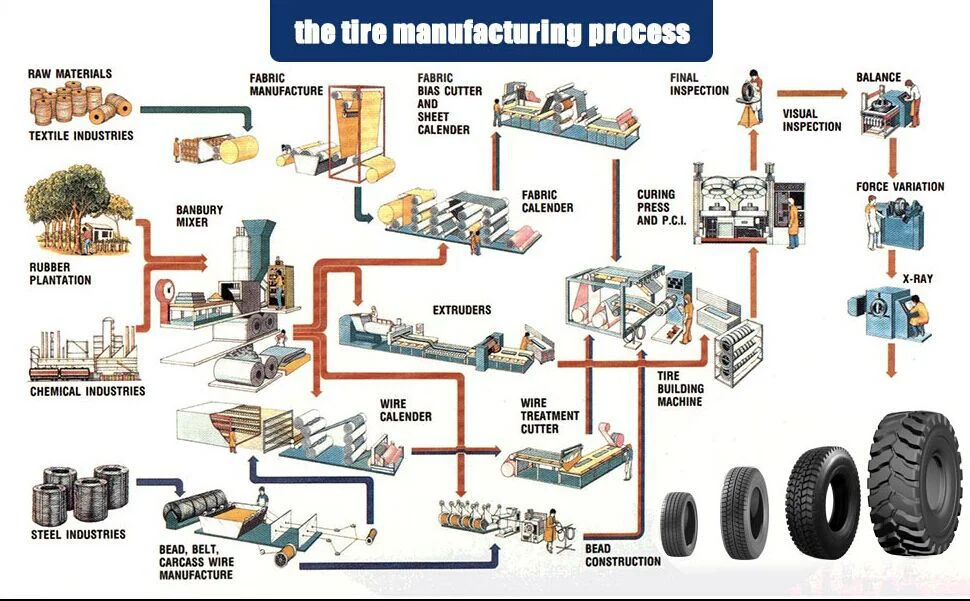 Actually, therefore, the exchange bus, through which the controller receives values from these same sensors, is usually called a field bus or, less often, a lower-level bus or an industrial bus.
Actually, therefore, the exchange bus, through which the controller receives values from these same sensors, is usually called a field bus or, less often, a lower-level bus or an industrial bus.
It should be noted here that in Europe and the USA, only the devices located “in the field” are considered the field level, but not the data transmission medium. In Russian realities, the term "field bus" or "lower-level bus" is perhaps slightly vague and refers to the method of transferring data from I / O modules to the controller and vice versa.
General scheme of automation of an industrial facility
So, the electrical signal from the sensor travels a certain distance along cable lines (usually along a conventional copper cable with a certain number of cores), to which several sensors are connected. Then the signal enters the processing module (input-output module), where it is converted into a digital language understandable to the controller. Further, this signal goes directly to the controller via the field bus, where it is finally processed.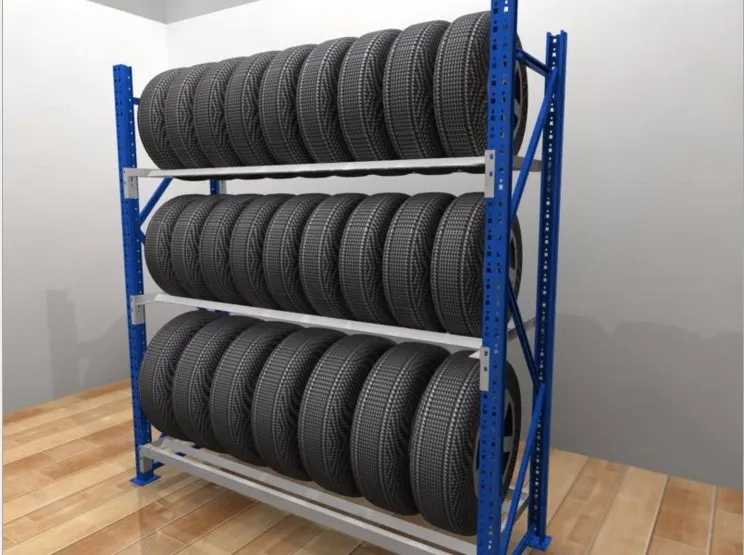 Based on such signals, the logic of the controller itself is built. There is also a reverse way: from the controller, the control command via the field bus goes to the output module, where it is converted from digital to analog and goes through cable lines to actuators and various devices (not shown in the diagram above).
Based on such signals, the logic of the controller itself is built. There is also a reverse way: from the controller, the control command via the field bus goes to the output module, where it is converted from digital to analog and goes through cable lines to actuators and various devices (not shown in the diagram above).
The top level is everything that can be touched by an ordinary mortal operator who controls the process. In the simplest case, the top level is a set of light bulbs and buttons. Light bulbs signal to the operator about some ongoing events in the system, buttons serve to give commands to the controller. Such a system is often called a "garland" or "Christmas tree" because it looks very similar (as you can see from the photo at the beginning of the article).
If the operator is more fortunate, then as the top level he will get the operator panel - a kind of flat-panel computer that somehow receives data for display from the controller and displays them on the screen. Such a panel is usually mounted on the automation cabinet itself, so you usually have to interact with it while standing, which causes inconvenience, plus the quality and size of the image - if it is a small-format panel - leaves much to be desired.
Such a panel is usually mounted on the automation cabinet itself, so you usually have to interact with it while standing, which causes inconvenience, plus the quality and size of the image - if it is a small-format panel - leaves much to be desired.
And, finally, an attraction of unprecedented generosity - a workstation (or even several duplicates), which is an ordinary personal computer.
For visual display of information on workstations and flat-panel computers, specialized software is used - SCADA systems. In human language, SCADA is translated as a supervisory control and data acquisition system. It includes many components, such as a human-machine interface that visualizes technological processes, a process control system, a parameter archiving system and event logging, an alarm management system, etc. All this gives the operator a complete picture of the processes taking place in the production, as well as the ability to manage them and quickly respond to deviations from the technological process.
Top-level equipment must interact in some way with the controller (otherwise why is it needed?). For such communication, upper-layer protocols and some kind of transmission technology, such as Ethernet or UART, are used. In the case of the Christmas tree, of course, such refinements are not needed, the bulbs are lit using ordinary physical lines, there are no sophisticated interfaces and protocols there.
In general, this upper level is less interesting than the field bus, since this upper level may not exist at all (there is nothing for the operator to watch from the series, the controller will figure out what to do and how).
Few people know, but on the seventh day of the creation of the world, God did not rest, but created Modbus. Along with the HART protocol, Modbus is perhaps the oldest industrial communication protocol, it appeared as early as 1979.
The serial interface was originally used as a transmission medium, then Modbus was implemented over TCP / IP. This is a synchronous master-slave (master-slave) protocol that uses the request-response principle. The protocol is quite heavy and slow, the exchange rate depends on the characteristics of the receiver and transmitter, but usually the score is almost hundreds of milliseconds, especially when implemented via a serial interface.
This is a synchronous master-slave (master-slave) protocol that uses the request-response principle. The protocol is quite heavy and slow, the exchange rate depends on the characteristics of the receiver and transmitter, but usually the score is almost hundreds of milliseconds, especially when implemented via a serial interface.
Moreover, the Modbus data transfer register is 16-bit, which immediately imposes restrictions on the transfer of real and double types. They are transmitted either in parts or with loss of accuracy. Although Modbus is still widely used in cases where a high exchange rate is not needed and the loss of transmitted data is not critical. Many manufacturers of various devices like to extend the Modbus protocol in their own unique and very original way, adding non-standard features. Therefore, this protocol has many mutations and deviations from the norm, but still successfully lives in the modern world.
The HART protocol has also been around since the 1980s, it is an industrial communication protocol over a two-wire current loop that directly connects 4-20 mA transmitters and other HART-enabled devices.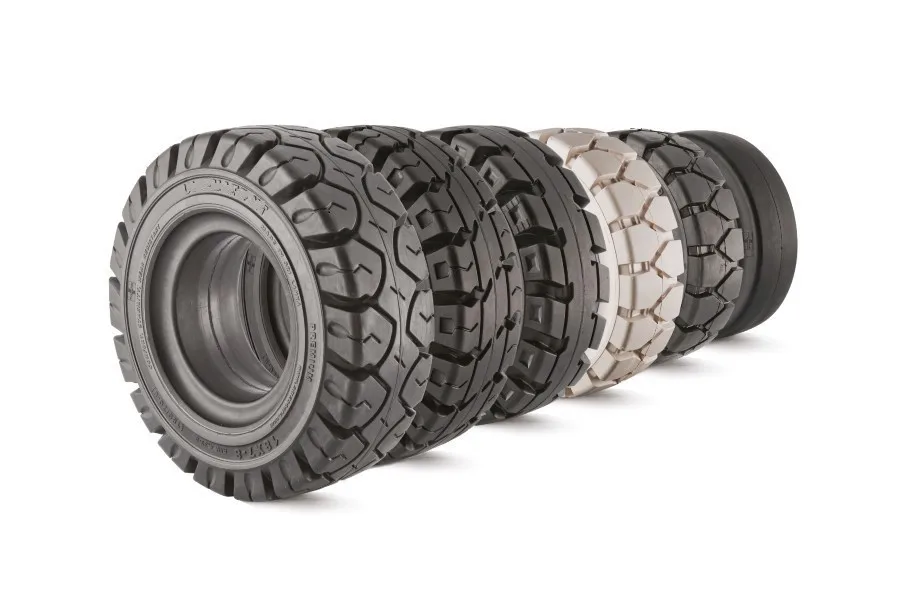
Special devices, so-called HART modems, are used for switching HART lines. There are also converters that at the output provide the user with, say, the Modbus protocol.
HART is noteworthy, perhaps, in that in addition to the analog signals of the 4-20 mA sensors, the digital signal of the protocol itself is also transmitted in the circuit, this allows you to connect the digital and analog parts in one cable line. Modern HART modems can be connected to the controller's USB port, connected via Bluetooth, or in the old way via a serial port. A decade ago, by analogy with Wi-Fi, the WirelessHART wireless standard appeared, operating in the ISM band.
The Modbus and HART protocols have been replaced by non-industrial buses such as ISA (MicroPC, PC/104) or PCI/PCIe (CompactPCI, CompactPCI Serial, StacPC), as well as VME.
The era of calculators has come, having at their disposal a universal data transfer bus, where you can connect various boards (modules) to process a certain unified signal.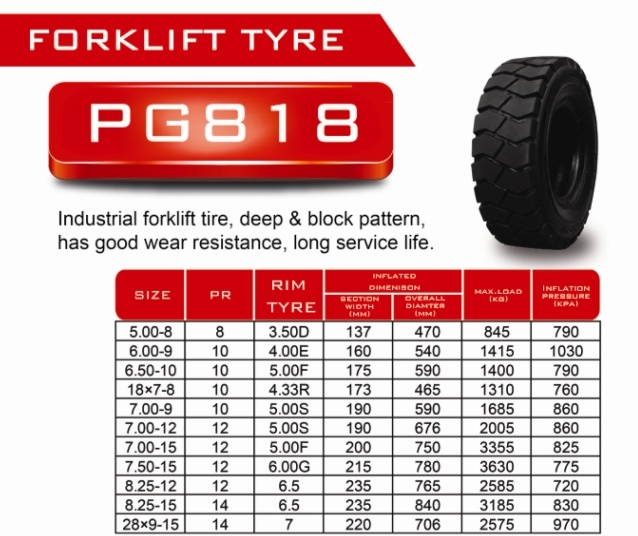 As a rule, in this case, the processor module (computer) is inserted into the so-called frame, which provides bus interaction with other devices. The frame, or, as true automators like to call it, the “crate”, is supplemented with the necessary I / O boards: analog, discrete, interface, etc., or all this is glued together in the form of a sandwich without a frame - one board above the other. After that, this variety on the bus (ISA, PCI, etc.) communicates with the processor module, which thus receives information from sensors and implements some kind of logic.
As a rule, in this case, the processor module (computer) is inserted into the so-called frame, which provides bus interaction with other devices. The frame, or, as true automators like to call it, the “crate”, is supplemented with the necessary I / O boards: analog, discrete, interface, etc., or all this is glued together in the form of a sandwich without a frame - one board above the other. After that, this variety on the bus (ISA, PCI, etc.) communicates with the processor module, which thus receives information from sensors and implements some kind of logic.
Controller and I/O modules in a PXI cage on a PCI bus. Source: National Instruments Corporation
Everything would be fine with these ISA, PCI (e) and VME buses, especially for those times: the exchange rate does not upset, and the system components are located in a single frame, compact and convenient, hot-swappable input boards - output may not be, but still do not really want to.
But there is a fly in the ointment, and not just one. It is rather difficult to build a distributed system in such a configuration, the exchange bus is local, you need to come up with something to exchange data with other slave or peer nodes, the same Modbus over TCP / IP or some other protocol, in general, there are not enough amenities. Well, the second thing is not very pleasant: I / O boards usually wait for some unified signal for input, and they do not have galvanic isolation with field equipment, so you need to fence a garden of various conversion modules and intermediate circuitry, which greatly complicates the element base.
It is rather difficult to build a distributed system in such a configuration, the exchange bus is local, you need to come up with something to exchange data with other slave or peer nodes, the same Modbus over TCP / IP or some other protocol, in general, there are not enough amenities. Well, the second thing is not very pleasant: I / O boards usually wait for some unified signal for input, and they do not have galvanic isolation with field equipment, so you need to fence a garden of various conversion modules and intermediate circuitry, which greatly complicates the element base.
Intermediate modules for signal conversion with galvanic isolation. Source: DataForth Corporation
“What about the fieldbus communication protocol?” - you ask. But nothing. It does not exist in this implementation. Through cable lines, the signal goes from the sensors to the signal converters, the converters output voltage to a discrete or analog I/O board, and the data from the board is already read through the I/O ports, by means of the OS.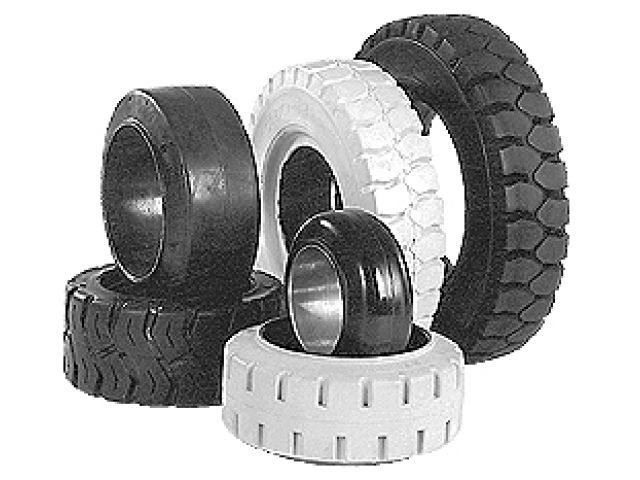 And no specialized protocols.
And no specialized protocols.
What now? To date, the classical ideology of building automated systems has changed a bit. Many factors played a role, from the fact that it should also be convenient to automate, and ending with the trend towards distributed automated systems with nodes remote from each other.
Perhaps, we can say that today there are two main concepts for building automation systems: localized and distributed automated systems.
In the case of localized systems, where data collection and control is centralized in one specific place, the concept of a certain set of I / O modules interconnected by a common fast bus, including a controller with its own exchange protocol, is in demand. In this case, as a rule, I / O modules include both a signal converter and galvanic isolation (although, of course, not always). That is, it is enough for the end user to understand what types of sensors and mechanisms will be present in the automated system, count the number of required I / O modules for different types of signals and connect them into one common line with the controller.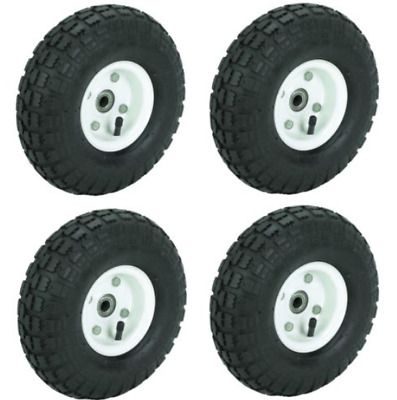 In this case, as a rule, each manufacturer uses its favorite exchange protocol between I / O modules and the controller, and there can be a lot of options.
In this case, as a rule, each manufacturer uses its favorite exchange protocol between I / O modules and the controller, and there can be a lot of options.
In the case of distributed systems, everything that has been said about localized systems is true, except for this, it is important that individual components, for example, a set of I / O modules plus an information collection and transmission device - not a very smart controller that is somewhere in booth in the field, next to the crane that shuts off the oil, could interact with the same nodes and with the main controller at a great distance with an effective exchange rate.
How do developers choose a protocol for their project? All modern exchange protocols provide a fairly high speed, so often the choice of a particular manufacturer is not determined by the exchange rate on this same industrial bus. The implementation of the protocol itself is not so important, because, from the point of view of the system developer, it will still be a black box that provides some internal structure for the exchange and is not designed for outside interference.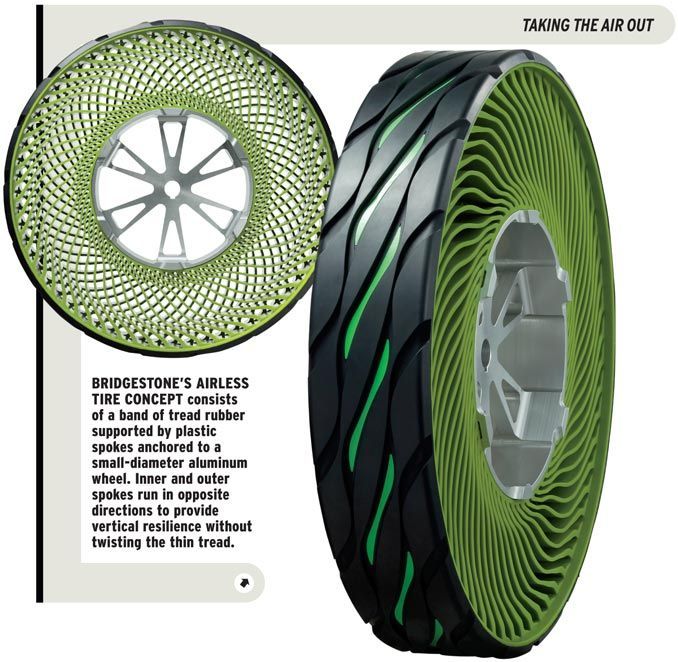 Most often, attention is paid to practical characteristics: the performance of the calculator, the convenience of applying the manufacturer's concept to the task, the availability of the required types of input-output modules, the possibility of hot-swapping modules without breaking the bus, etc.
Most often, attention is paid to practical characteristics: the performance of the calculator, the convenience of applying the manufacturer's concept to the task, the availability of the required types of input-output modules, the possibility of hot-swapping modules without breaking the bus, etc.
Popular equipment vendors offer their own implementations of industrial protocols: for example, the well-known company Siemens develops its series of Profinet and Profibus protocols, B&R develops the Powerlink protocol, Rockwell Automation develops the EtherNet/IP protocol. The domestic solution in this list of examples: the version of the FBUS protocol from the Russian company Fastwel.
There are also more universal solutions that are not tied to a specific manufacturer, such as EtherCAT and CAN. We will explore these protocols in detail later in this article and see which are best suited for specific applications: automotive, aerospace, electronics, positioning systems, and robotics.